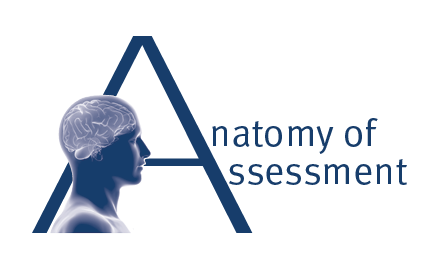If you have strong beliefs that the use of AI is undesirable for this particular assessment, or for any assessment overall, you can design your assessment with that in mind. It is important to bear in mind that AI is constantly evolving, however, at this point in time there are certain features it does not deal well with that you can embed into your assessment. These include:
Personal reflection – basing the assignment on personal reflection about a learning event that the student had to undertake will be more difficult to replicate. Students might use AI to polish their writing as for many writing reflectively is a skill but AI will not be able to do the task for them as it relies on their thinking. Things to consider when introducing reflective assignments:
- Make it clear whether the use of AI to help with refining writing style is allowed
- Make sure students understand and are prepared to reflect
- In the assessment criteria prioritise reflective thinking over reflective writing
Anatomy of assessment website has some examples of assessments that include reflection that you can browse through:
Authenticity – tasks that are authentic to the students are more difficult to plagiarise but also there is a less need for students to cheat as the tasks tap into their interest. Therefore the motivation to do the task is already there. Some examples of authentic assessments can be found on the Anatomy of Assessment website. Further guidance on authenticity can be found in the video resource below.
Specificity - asking students to draw on specific frameworks, sources or contexts might limit the impact of AI. This can be further complemented by adding elements of personal reflection or application to own context, which again will make it difficult to integrate AI.
Literature integration – AI is known to make up sources. Students are aware of it (or can be made aware of it) which introduces an element of distrust and reluctance to use the software;
Currency – most AI software does not have access to most recent publications therefore students won’t be able to draw on it for their assignments;
Using sources outside of global west - Generally sources outside of global west are less accessible to AI software therefore integrating those will not only limit the use of AI but will also be a good step towards decolonisation agenda (Kings, 2023).
Please see the section on Redesigning a specific question to read more about AI proofing exam/ quiz questions.
When redesigning the brief remember to:
- Follow the relevant QA processes (if necessary)
- Consult students and other stakeholders about the changes
- Brief other tutors on the module about the changes and how it impacts student preparation and marking
- Make sure the new brief is clear to the students and so are the expectations around the use of AI. It is always useful to consider a module/ programme level strategy for the use of AI and supporting students to make the most of the tool without raising any issues around academic integrity.
Watch these video's on authenticity in assessments

What is authenticity
Professor Martyn Kingsbury, Centre for Higher Education Research and Scholarship

How to design authentic assessments
Professor Martyn Kingsbury, Centre for Higher Education Research and Scholarship

